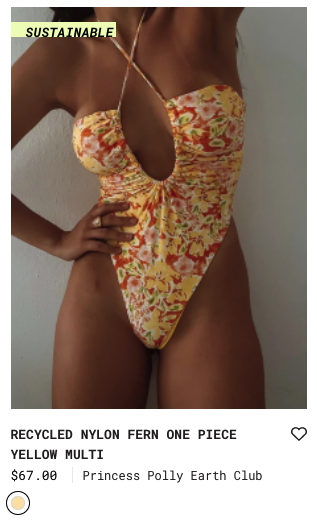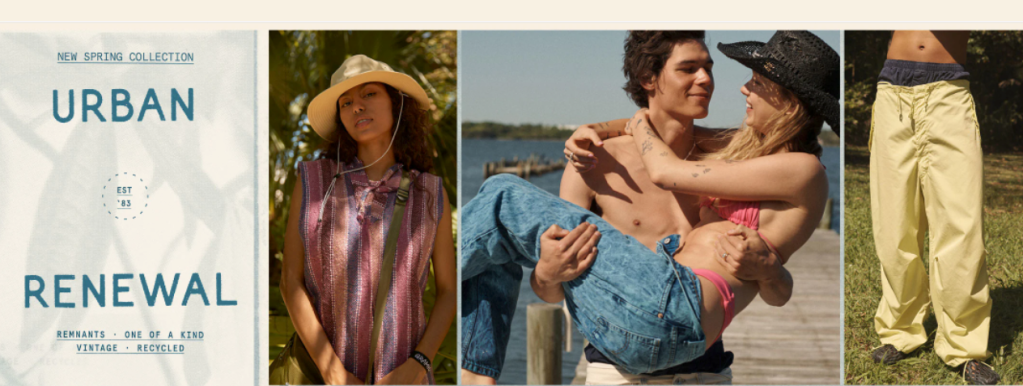By: Lindsay V.
Did you know that it can take more than 700 gallons of water to make a single t-shirt? The fashion industry itself is the 2nd largest consumer of the world’s water supply.
As someone who has always loved fashion, as I’ve grown up, sustainability has become a major concern for me and the future of our world. With fast fashion cycles becoming more rapid than ever, styles and trends are becoming popular and falling out of popularity in months or even weeks. As a woman in her 20s, who is a full-time student and also has a job and other extracurricular, sometimes the price and convenience of buying clothes from Shein or Amazon is just too good to beat. But along with this convenience we are sacrificing sustainability, which greatly impacts the well-being of our planet, especially if we all rely on these more “convenient” options for fashion. Waste produced from textiles in the United States has doubled in the past 2 decades. It’s time that we start practicing more eco-friendly, more sustainable options when it comes to fashion. Here’s some tips from me, another 20-something year old, who wants to try to implement sustainability into my life.
- Shop secondhand/vintage
This one may seem like a no-brainer so I knew the list needed to start off with this. Thrifting and shopping secondhand has increasingly become more popular in recent years. Most cities have thrift stores like GoodWill, Savers, Salvation Army Stores, etc. Don’t have any of these options close to you? You’re in luck, because shopping secondhand has become much more accessible with apps/websites like Depop, The RealReal, ThredUp, and Poshmark. - Create a capsule wardrobe
Shopping with this mindset has really help me cut back on excessively buying expensive clothing and getting coaxed into following hyper-sensitive fast fashion trends. In order to create a capsule wardrobe, when buying new pieces ask yourself,”Could I imagine myself wearing this again next year, and the year after that? Is the quality of the item good enough to last until next season? How many different ways can I wear it? Why am I buying this?” You must really decide for yourself if the piece is worth investing your money into. - Renting clothing
There are new platforms that are rising into popularity like Nuuly, which allow you to pick a few styles every month to “rent” for a subscription fee. This allows you to wear trendy items but not be committed to making them apart of your closet forever. - Learn more about the materials that go into clothing
Some materials that are used to make clothing contain micro-plastics, are made of syntethics that take years to break down, and can even contain harmful pesticides/chemicals. Learn about what materials you should be avoiding when buying new clothing. - Ensure your clothing has a second-life
Often times, so many clothes are donated to thrift stores that they might not even see the racks of the stores.Instead of throwing away clothes you no longer want to wear, consider selling them on Depop or to consignment stores. For clothes that are worn, or could no longer be worn due to need for repairs, often times there a businesses, seamstresses, people who DIY, etc. who could benefit from using them as fabric scraps and could use them to give tethered clothing another use.
New sustainable clothing is not always accessible to everyone due to pricing, but here are a few brands that have environmentally conscious sectors.

